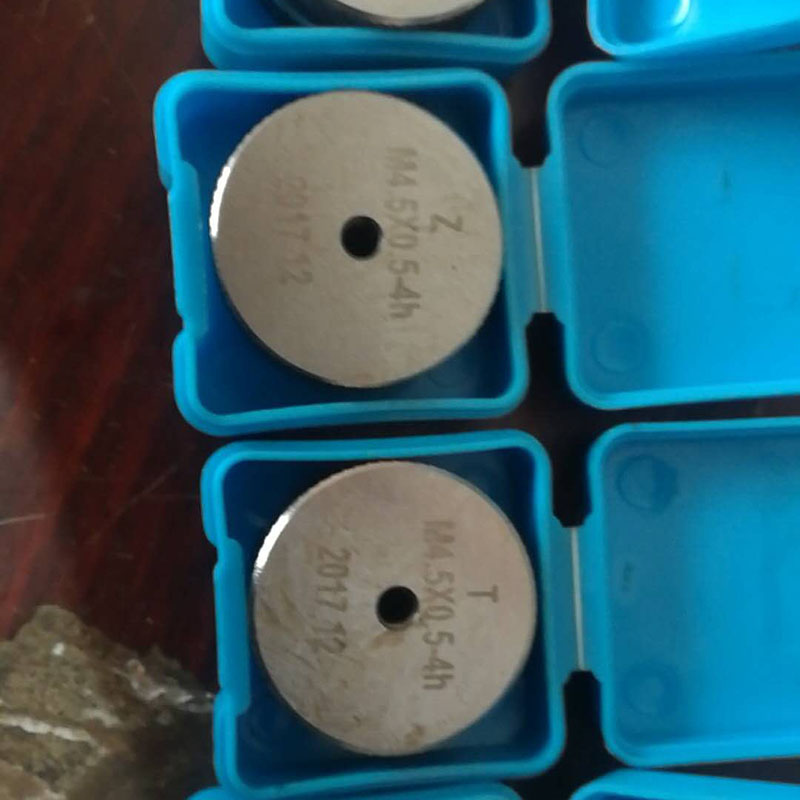නොවැ. . 16, 2024 02:46 Back to list
replacing pressure valve on water heater
Replacing a Pressure Valve on a Water Heater A Step-by-Step Guide
Water heaters play a crucial role in providing hot water for various household needs, from showering to washing dishes. However, like any appliance, they can occasionally encounter problems, one of which includes issues with the pressure relief valve. The pressure relief valve is an essential component that helps maintain safe pressure levels within the tank, preventing potential explosions due to excessive pressure buildup. If you find that your water heater’s pressure valve is malfunctioning, it is important to replace it promptly. Here’s a step-by-step guide on how to do it.
Tools and Materials Needed
Before starting, make sure you have the following tools and materials - A new pressure relief valve (sized appropriately for your water heater) - Pipe wrench or adjustable wrench - Teflon tape - Bucket or basin - Towels for cleanup - Safety goggles and gloves
Step 1 Turn Off the Power Supply
For electric water heaters, locate the breaker switch in your home’s electrical panel and turn it off. For gas heaters, turn the thermostat to the pilot setting or completely off. This step is crucial to ensure your safety while working on the water heater.
Step 2 Turn Off the Water Supply
Locate the cold water supply valve connected to your water heater. This is usually found on the top of the heater. Turn the valve to the off position (usually clockwise) to prevent any new water from entering the tank while you are working on it.
Step 3 Drain the Water from the Tank
To efficiently replace the pressure relief valve, you will need to drain some water from the tank. Place a bucket or basin beneath the drain valve located at the base of the heater. Open the drainage valve and allow water to flow out until the tank level is below the pressure relief valve. Be cautious, as the water will be hot.
Step 4 Remove the Old Pressure Relief Valve
Using your pipe wrench, carefully unscrew the old pressure relief valve from the tank. Be sure to turn it counterclockwise. If it is stubborn and doesn’t budge, apply some penetrating oil and let it sit for a few minutes before trying again. Once removed, inspect the threads on the valve and tank for any damage or debris.
replacing pressure valve on water heater

Step 5 Prepare the New Valve
Before installing the new pressure relief valve, wrap the threads of the new valve with Teflon tape. This will create a watertight seal and prevent leaks. Wrap it clockwise around the threads, covering them completely but avoiding excess tape that might interfere with the valve's sealing.
Step 6 Install the New Pressure Relief Valve
Screw the new pressure relief valve into the opening where the old one was removed. Be careful not to cross-thread it. Once it is hand-tight, use the pipe wrench to tighten it slightly further. Do not over-tighten, as this can damage the threads or the valve itself.
Step 7 Refill the Tank
With the new valve installed, it’s time to refill the tank. First, close the drain valve at the bottom of the tank. Then, gradually open the cold water supply valve. As the tank fills with water, listen for air escaping through the pressure relief valve. Once water begins to flow from the pressure relief valve, you can close that valve.
Step 8 Restore Power
Once the tank is full and no air is escaping from the pressure relief valve, it’s time to restore power to your water heater. For electric units, turn the breaker back on; for gas units, reset the thermostat to your desired temperature.
Step 9 Check for Leaks
Lastly, monitor the area around the new pressure relief valve for any signs of leakage. If you see any water pooling or dripping, check the installation to ensure it was done correctly and that the threads are properly sealed.
Conclusion
Replacing a pressure relief valve on a water heater may seem like a daunting task, but with the right tools and a bit of know-how, it can be accomplished safely and efficiently. Regular maintenance and prompt repairs are crucial for the longevity and safety of your water heater. If you are ever in doubt during the process, don’t hesitate to consult a professional plumber. Your home’s safety is always the top priority!
-
Rising Demand for Corrosion-Resistant Metal Valves in Wholesale MarketsNewsMay.30,2025
-
Revolutionizing Industrial Workholding for Fabrication Table ClampsNewsMay.30,2025
-
Precision Measurement: Plug Gauges in Industrial Quality ControlNewsMay.30,2025
-
Material Selection and Durability in Heavy-Duty Welding Table WorkbenchesNewsMay.30,2025
-
Durability and Maintenance of Granite Fabrication TablesNewsMay.30,2025
-
Precision in Measurement: Why a Quality Inspection Platform MattersNewsMay.29,2025
Related PRODUCTS









